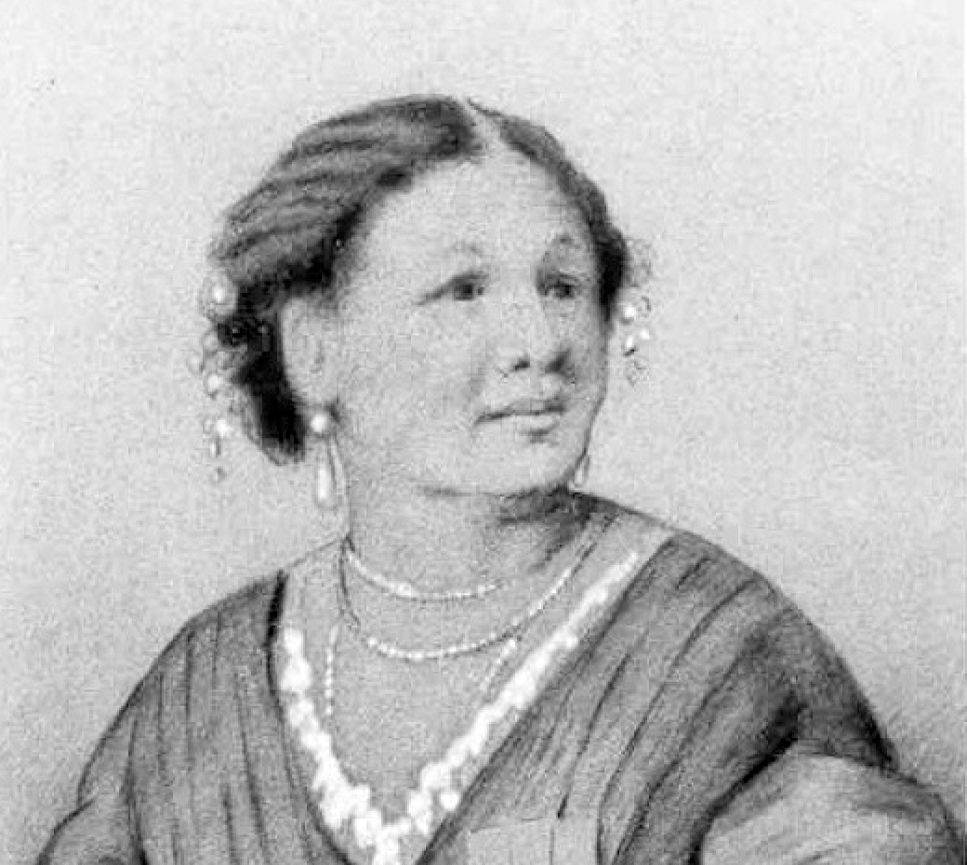In 1856 a series of letters and opinion pieces began to circle through the newspapers of England. They were to act as a call to action for British citizens, but more specifically, veterans of the recent Crimean war.
This was not a call to fight. This was a call to help. The papers asked if Britain had really forgotten one of their greatest in her time of need.
Were they really going to abandon a woman who had driven herself to bankruptcy tending to soldiers during the war? Someone who had risked her life setting up a small business behind enemy lines and gotten into more than one argument with Florence Nightingale on her methods.
In her time of need, how could they forget Mary Seacole?
Mary Jane Seacole was born Mary Jane Grant in British held Kingston, Jamaica in 1805. Her mother was a Jamaican hotel owner, her father a Scottish soldier in the British army. Her mother was trained in traditional Jamaican folk medicine, and Mary grew up watching her mother work. Her mother’s emphasis on good hygiene and traditional herbal medicine would stick with Seacole.
In 1821 at the age of 16 Seacole was given the chance to leave Kingston for London. One of her relatives had offered to take care of her while she visited. In London she would acquire her love of trade, that would carry with her for the rest of her life. One year after her initial visit, she would return to London with a shipment of pickles and preserves from home to sell to a London society eager for exotic goods.
She would use those funds to set up a small trading business throughout the Caribbean.
In 1826, Seacole returned home to Jamaica to take care of her elderly mother and help manage the family business. There at Blundell Hall, Seacole would get firsthand experience tending to the sick, and occasionally those at the nearby army hospital.
She caused a small stir in 1836 by marrying Edwin Seacole, a white man. Mary had always seen herself as a British citizen above all else and took great pride in both her Scottish and Jamaican heritage. Often referring to herself as a creole
Disaster struck in 1843 when a fire burning through Kingston destroyed Blunden Hall. Soon her husband fell ill and died, shortly after her mother died as well.
Not one to be defeated though, she quickly turned to the management and building of her New Blundell Hall, built on the site of the old. She became widely respected, especially after her attempts to help with the cholera epidemic of 1850.
Soon though, Seacole’s mind turned to travel again. Her brother had established a hotel in Panama, and in 1851 she left her hotel with a trusted attendant and went to join him.
Soon after her arrival, she would once again come face to face with cholera. This time, however, her methods were less effective. The damp air and messy living conditions of many in town flew in the face of her medical training that called for warm sun and cleaning living spaces.
Though her treatments didn’t help, her motherly care and attentiveness did, caring for the sick and then immediately demanding they get up and clean their homes once they were better.
She established the methods and business model that she would use for the rest of her life. She turned away no one, using profits from rich clients who could afford it to treat those who could not.
She gained enough money through her methods that soon she had opened up a business across from her brother’s. Her hotel worked functionally as a dining hall, arranging lavish banquets of home-cooked meals to bring in patrons.
Still, Seacole realized this could not last either. The nearby construction and railroad, that had brought her business were almost completed. When she heard that the war raging in Crimea needed nurses, she shut up shop in Panama and headed to London
In London, she went straight to the military headquarters and asked to speak to the minister of war. She moved through department after department until someone recommended she join Florence Nightingale’s expedition.
Not bothering with an application, Seacole headed straight to the offices of the world-famous nurse only to find she’d already left. The organizers that remained informed her that she was neither needed nor wanted.
Not to be discouraged though, Mary began to plan her own trip. Teaming up with a former business partner Thomas Day to build a hotel in Crimea as she had in Panama.
She arrived in Crimea in 1855, and immediately got to work, building her hotel out of driftwood and flotsam, due to the scarcity of building supplies.
To any soldier that came to her, Seacole’s British hotel was a place of rest, offering every comfort of home, and expensive luxury they couldn’t imagine. Her work in the hotel once again subsidizing her care for the ill and wounded. To the troops, she was “Mother Seacole.”
When the forces marched to battle Seacole was never far behind. Her willingness to give out sweets and alcohol to soldiers got her into more than one argument with those of the Nightingale expedition, the cakes, books and bandages she brought were well-loved by the wounded soldiers.
With the end of the war in 1856, Seacole returned to London, but she was broke, all of her funds went into the war.
She published her autobiography “Wonderful Adventures of Mrs. Seacole in Many Lands,” in 1857 which was followed by a grassroots campaign to raise funds for her life. Still, they raised very little, and any attempts by Seacole herself to raise funds were dismissed and mocked.
She died in 1881, in Paddington, England.
In 2004 Seacole took first place in a poll on the 100 greatest black Britons.
Josh Fadare
Reporter

